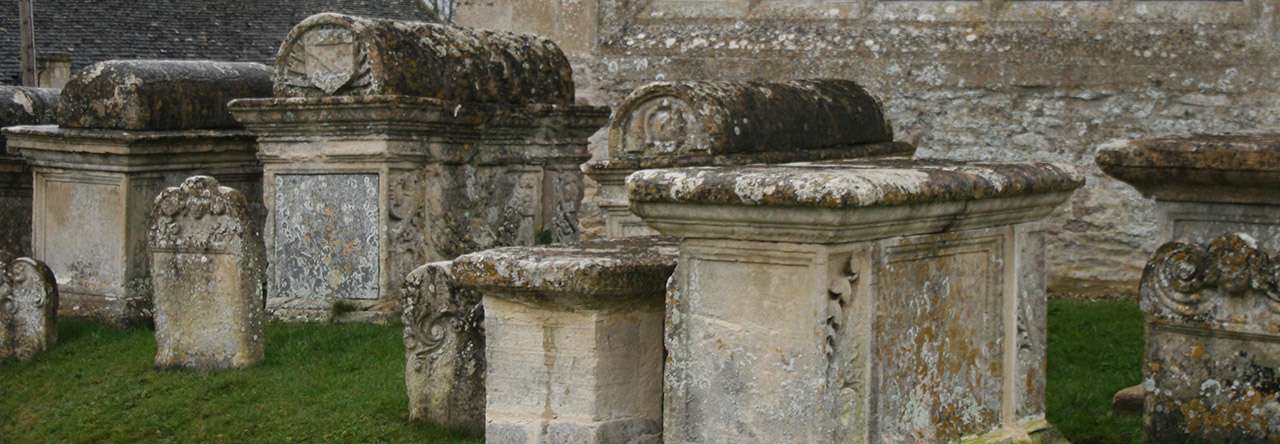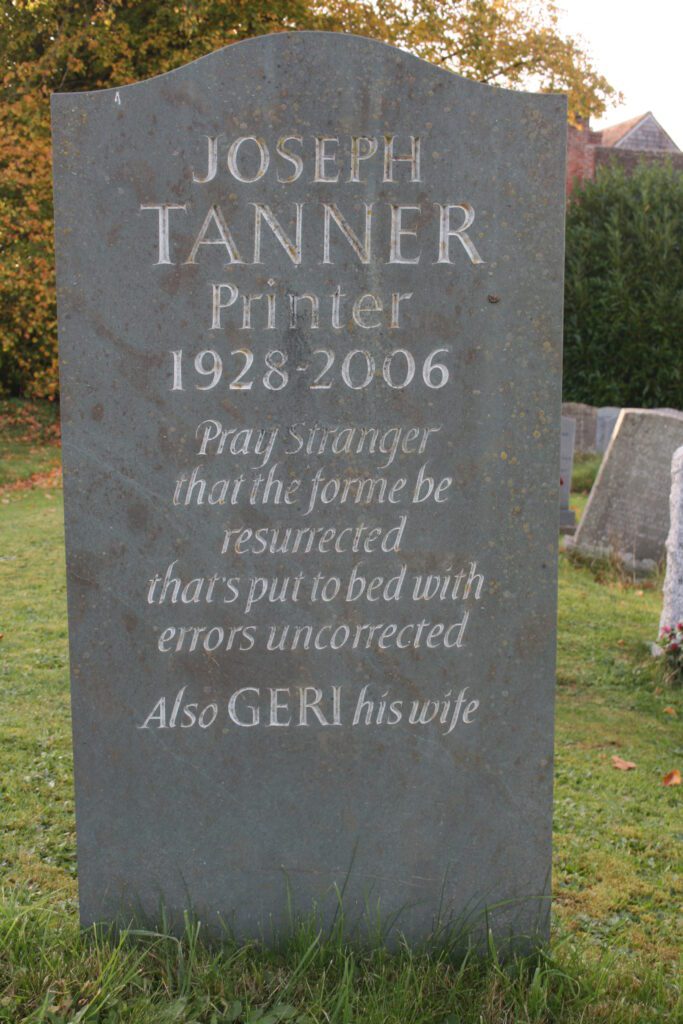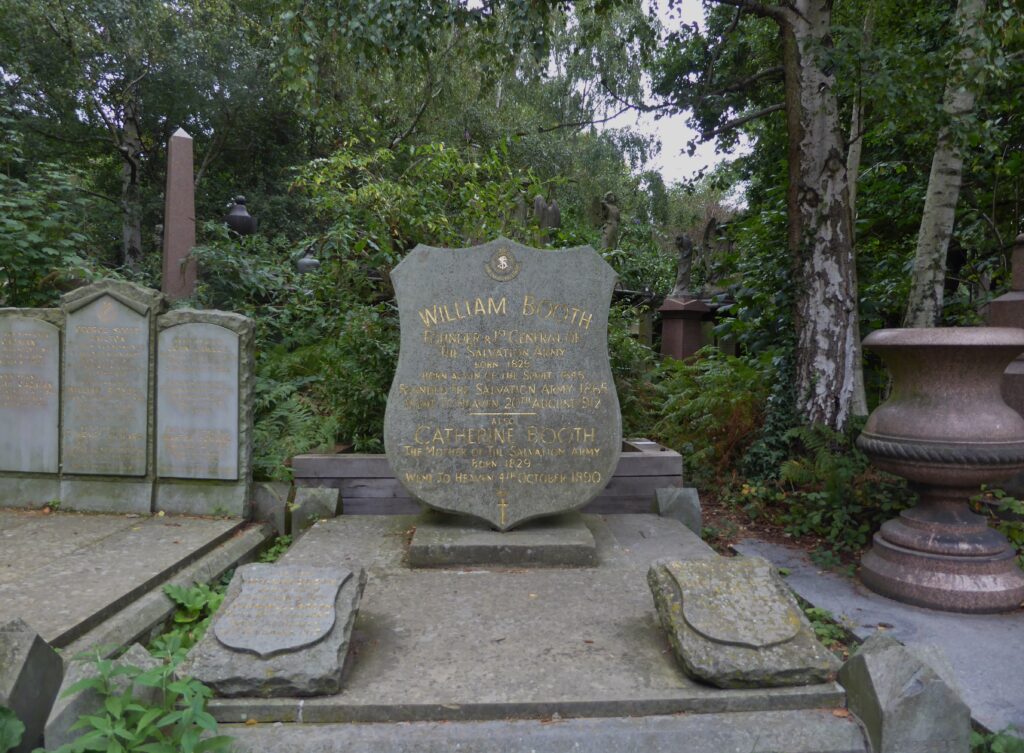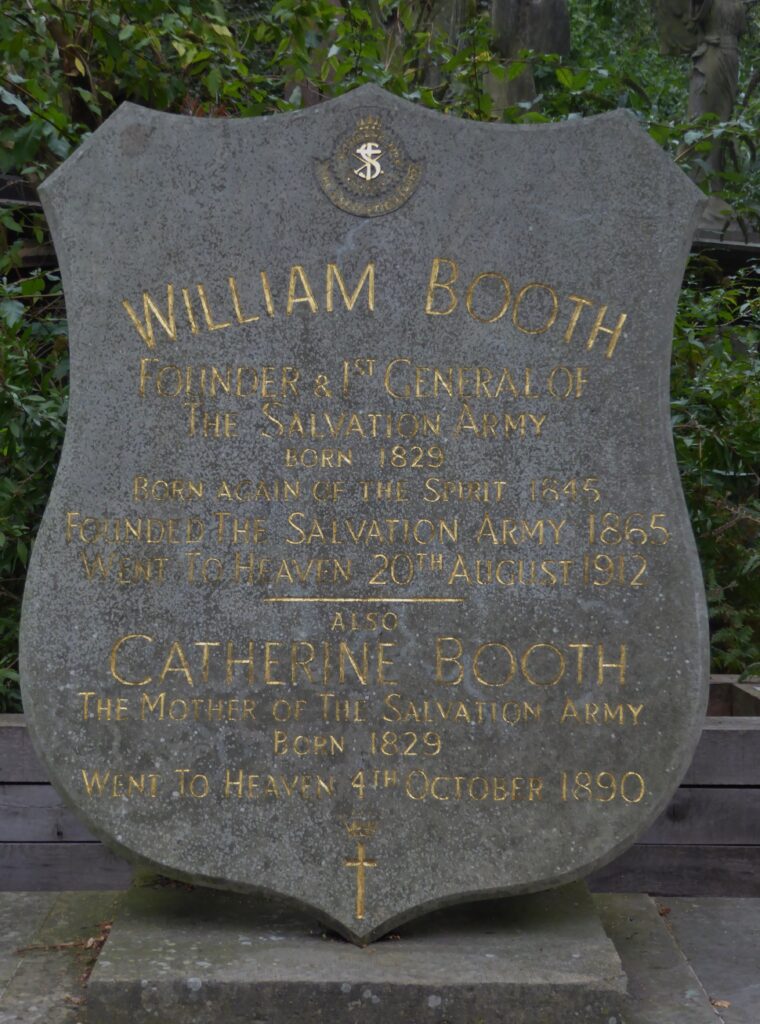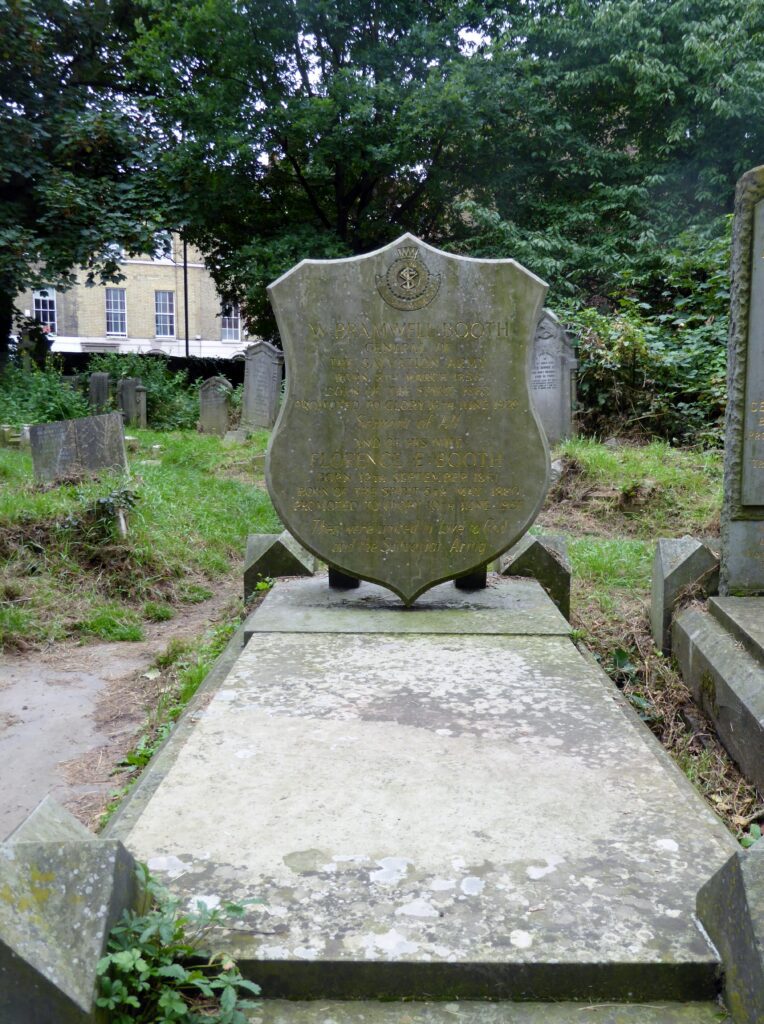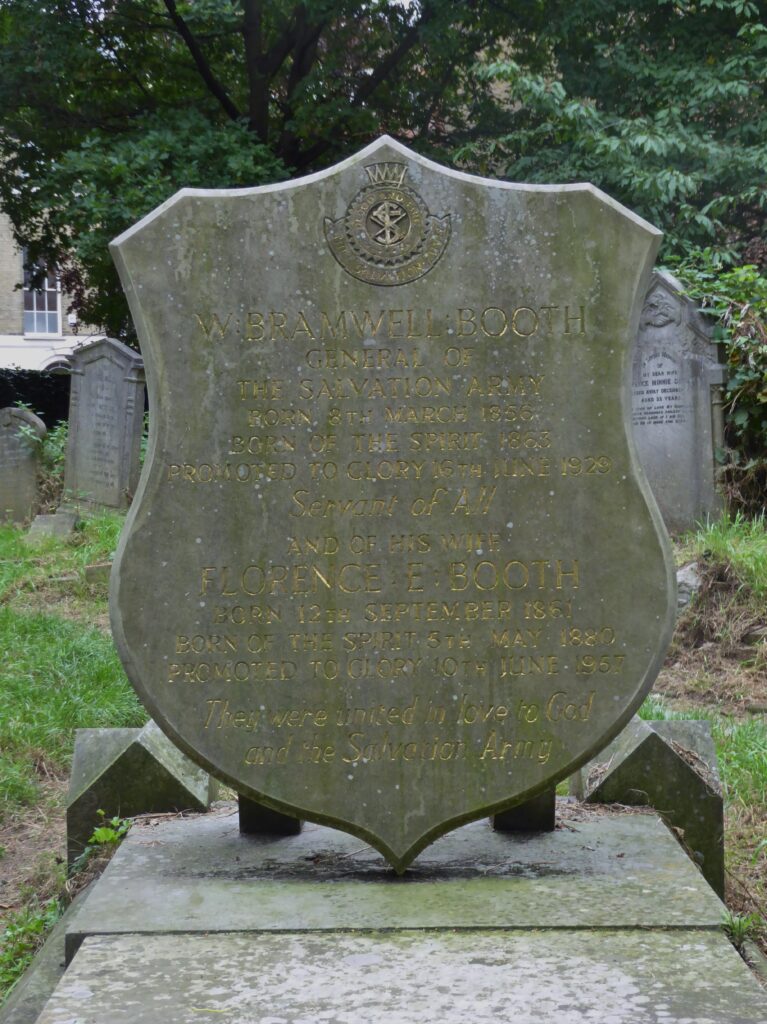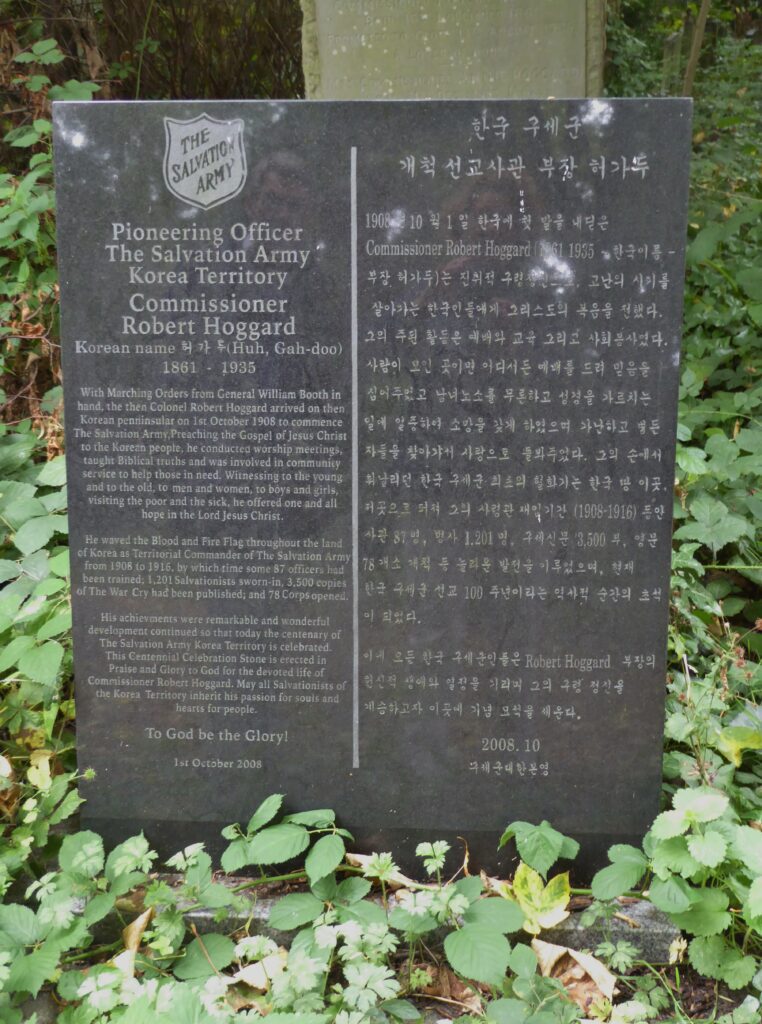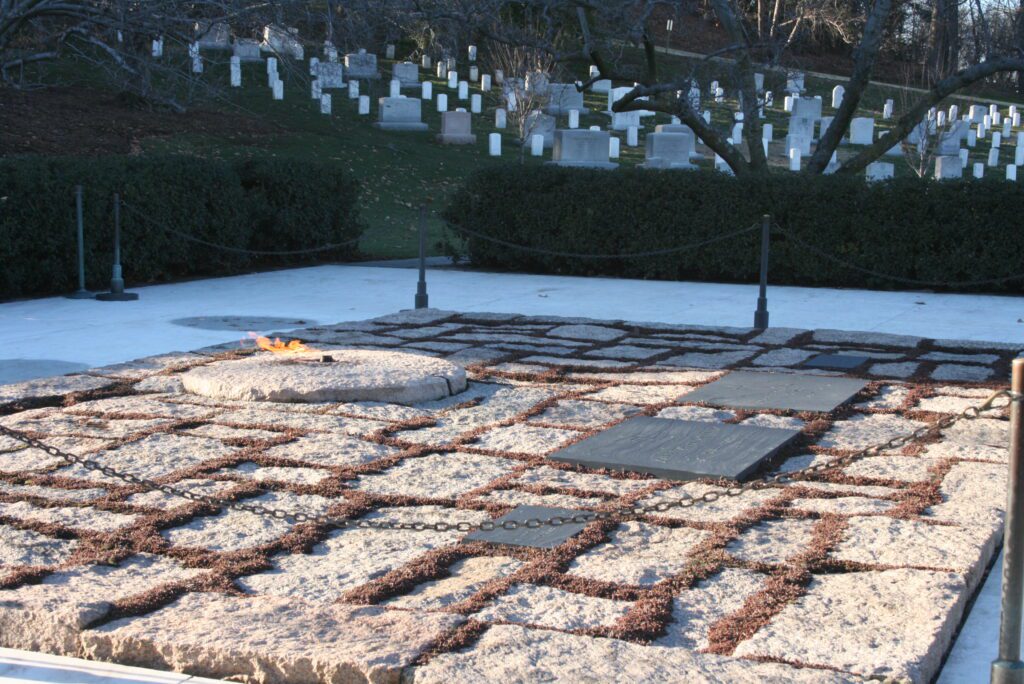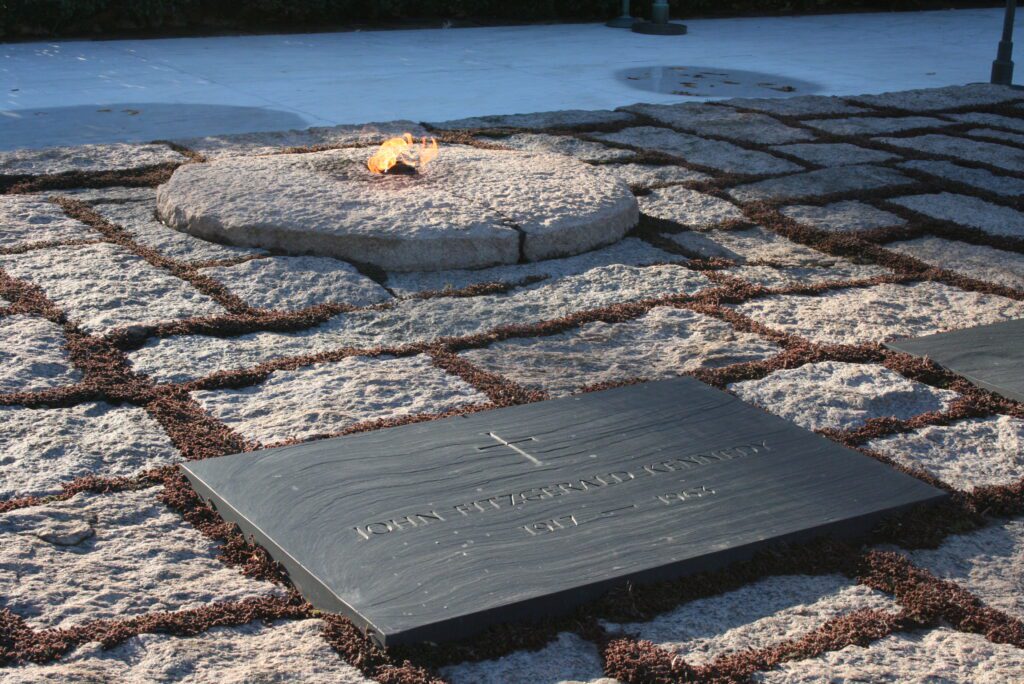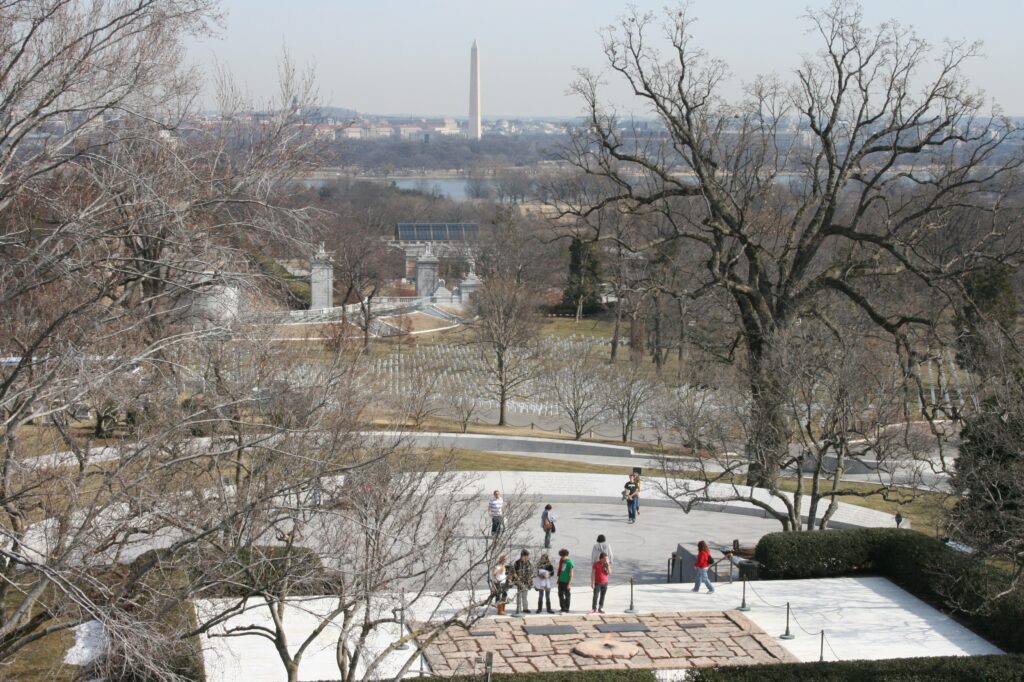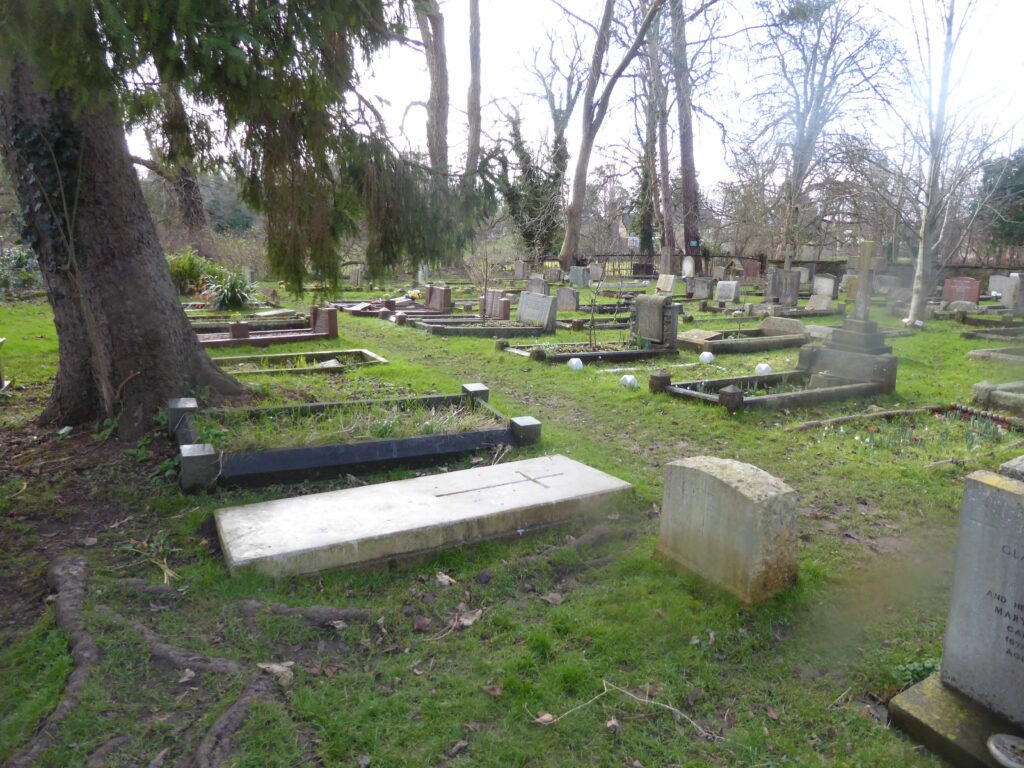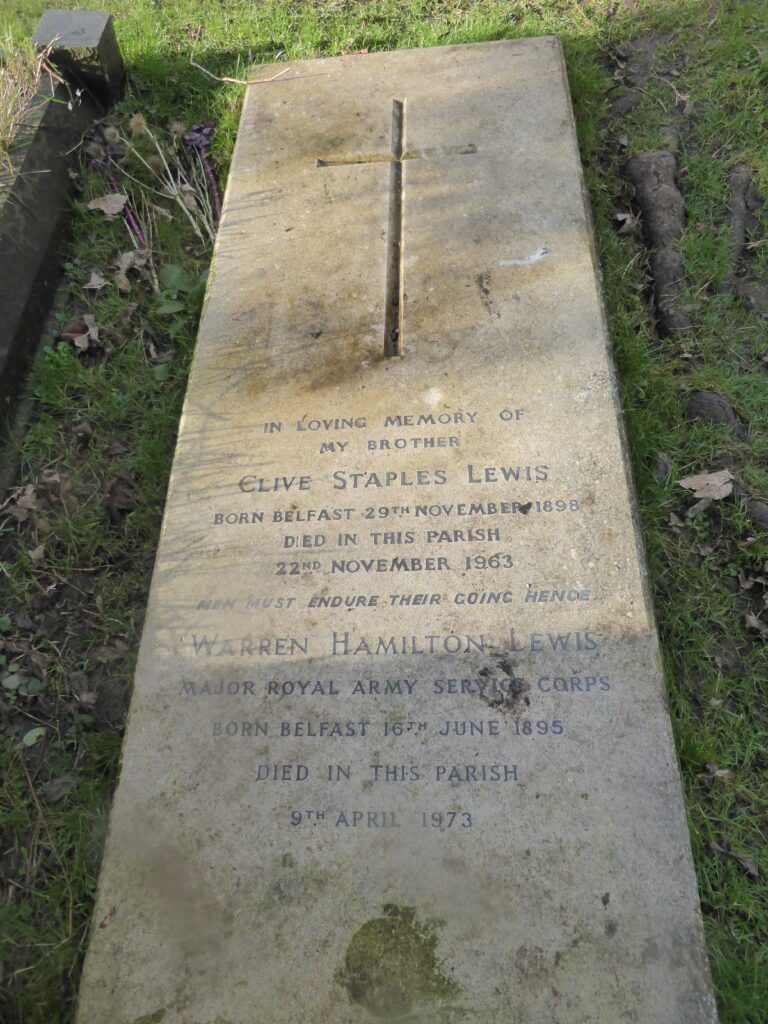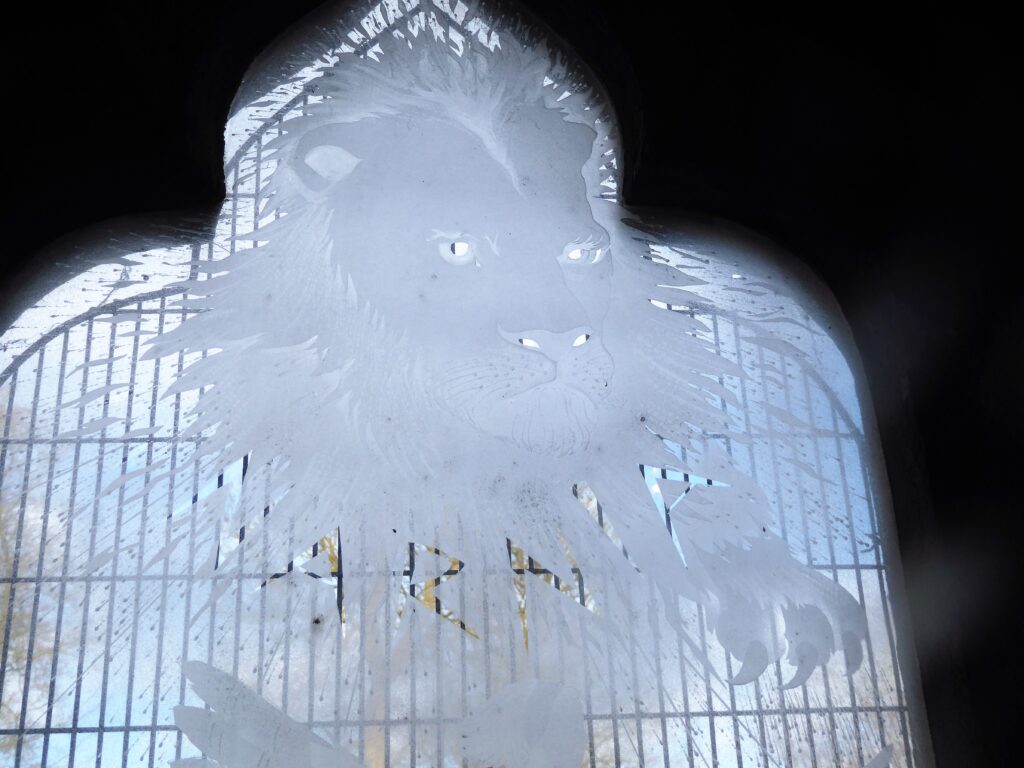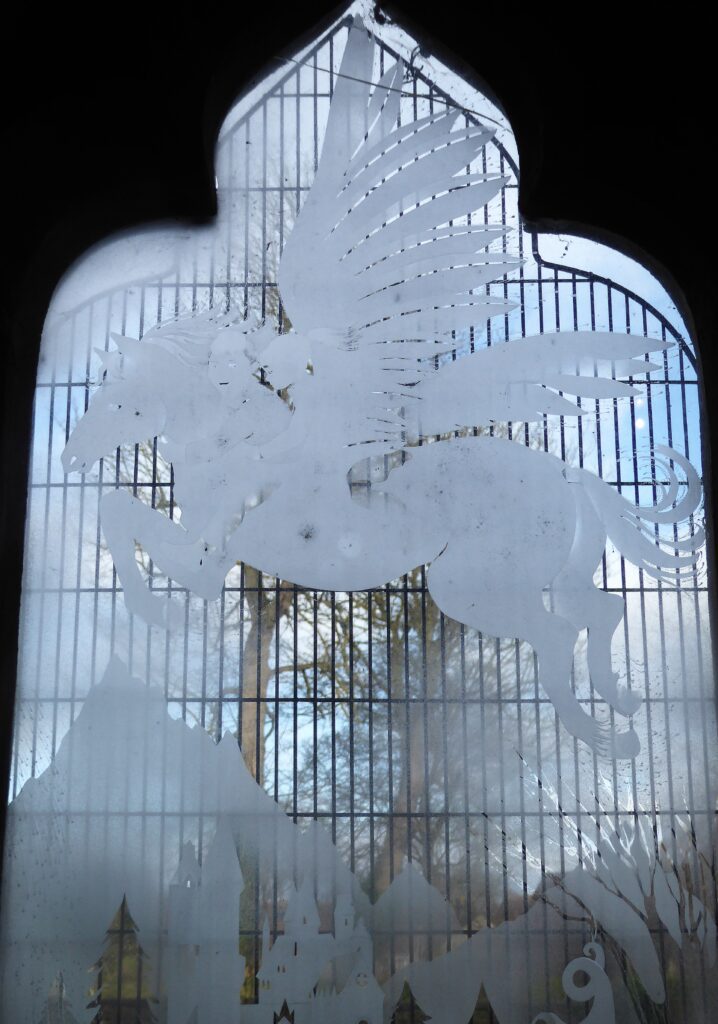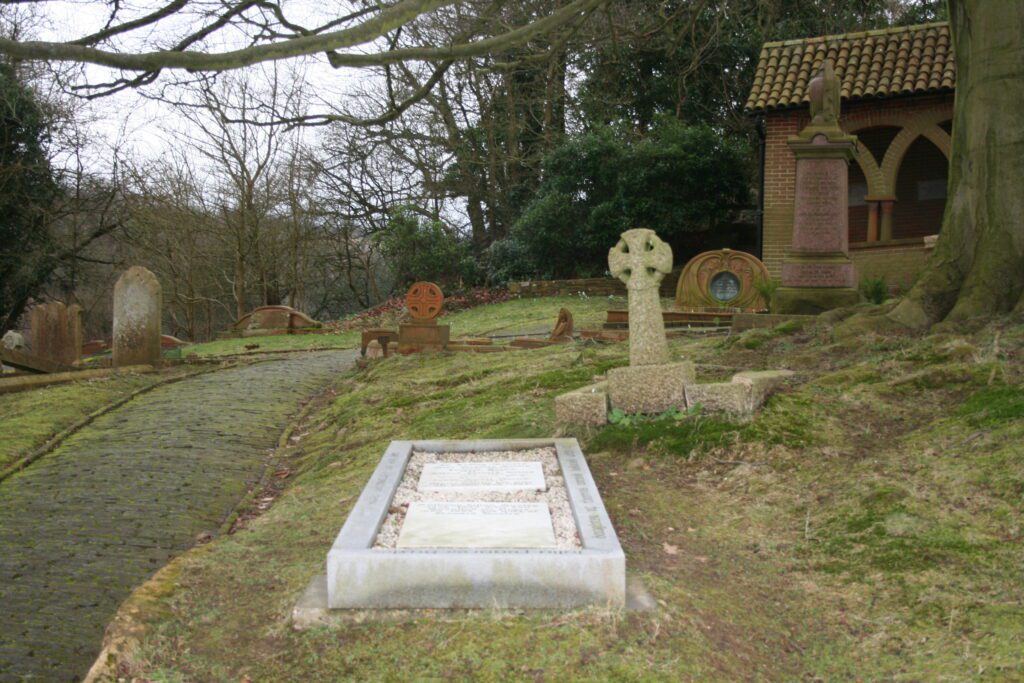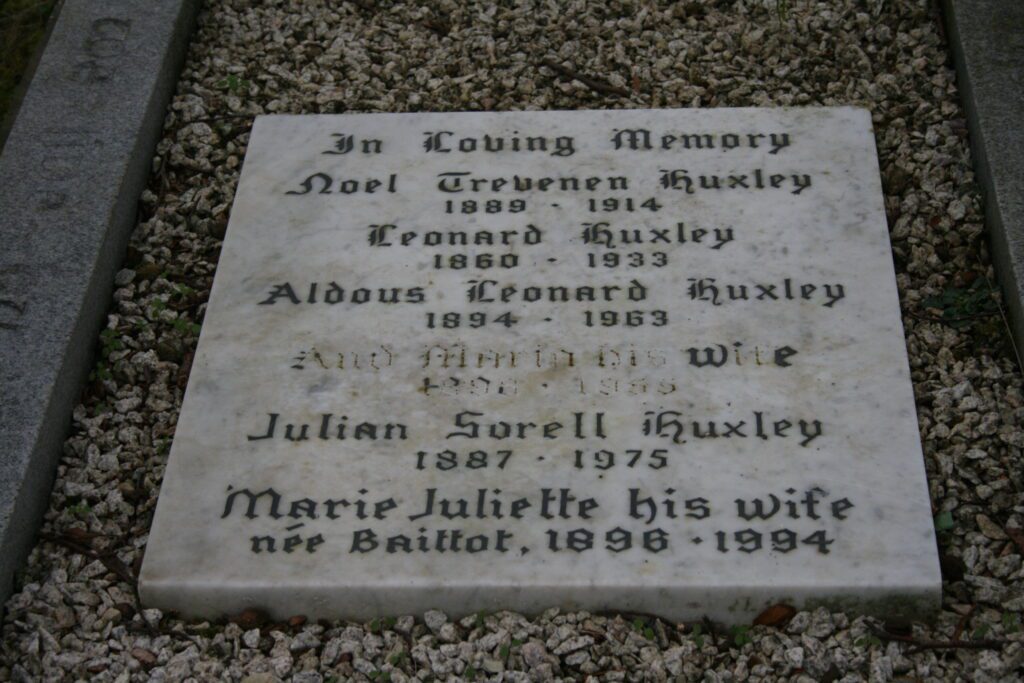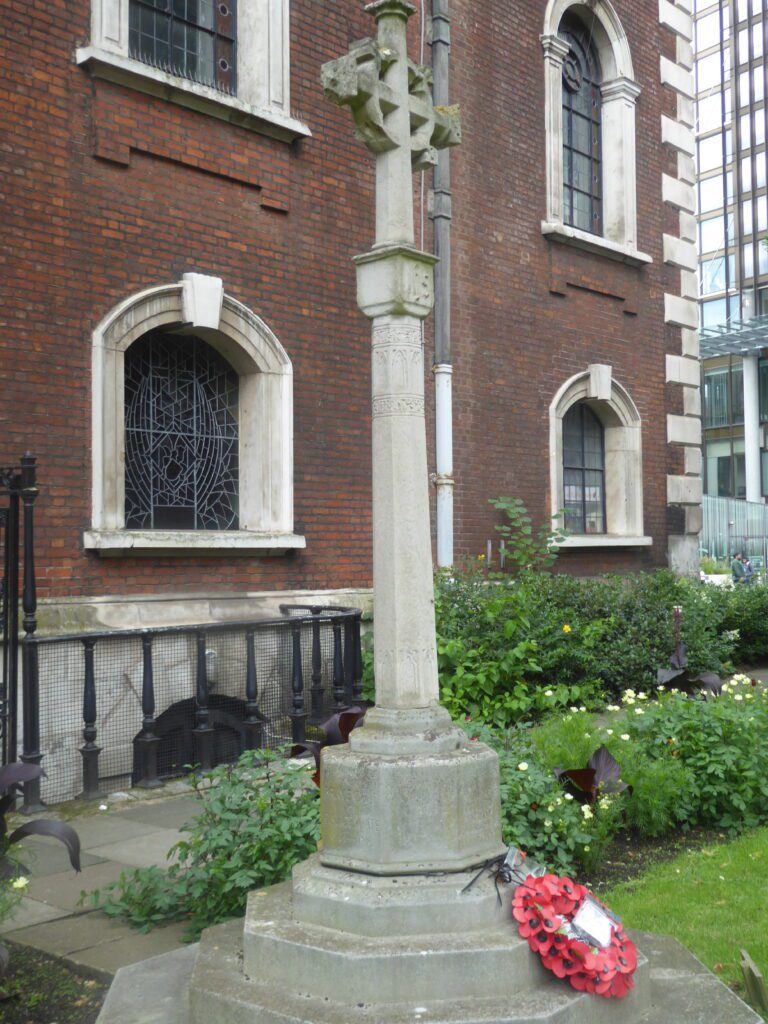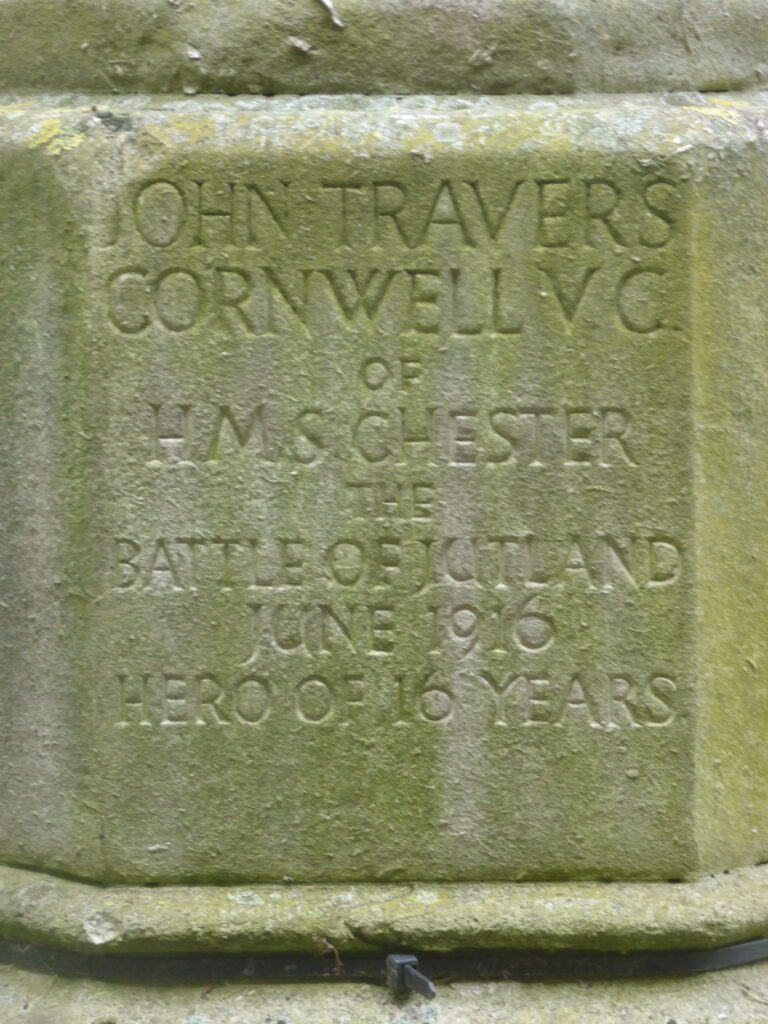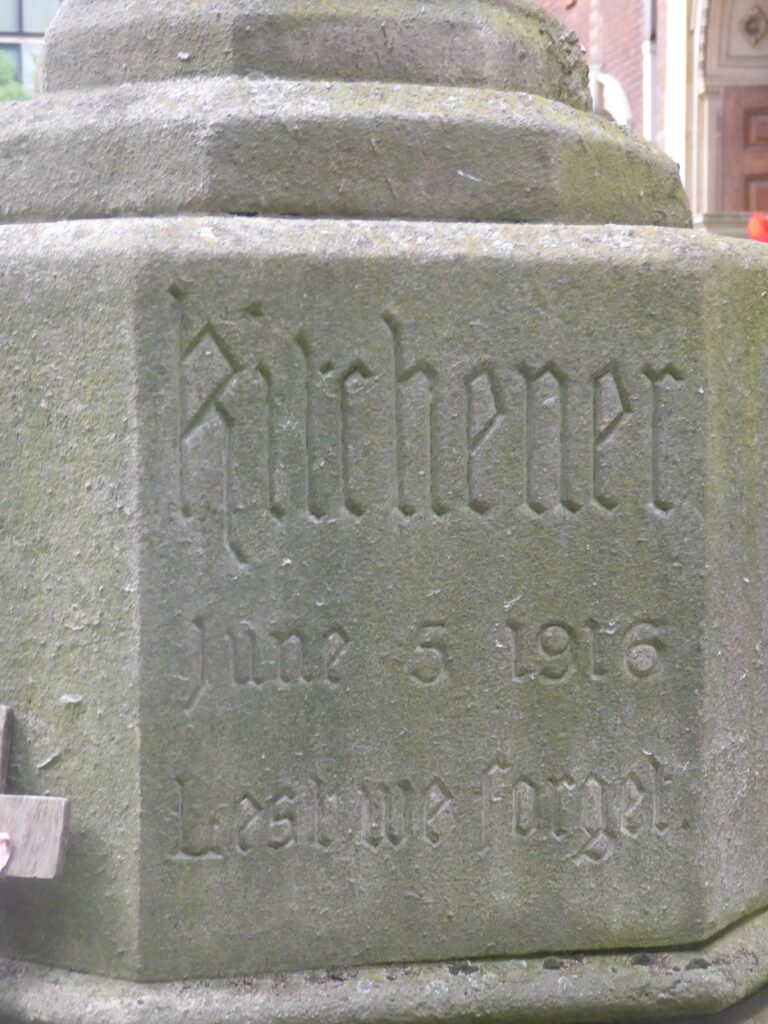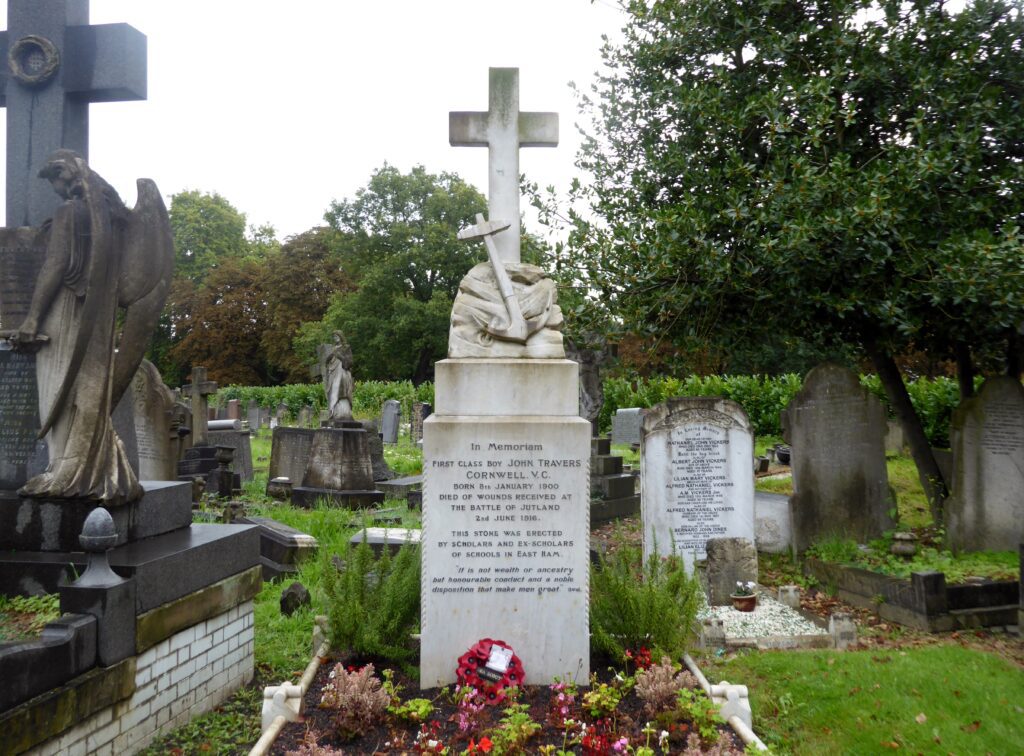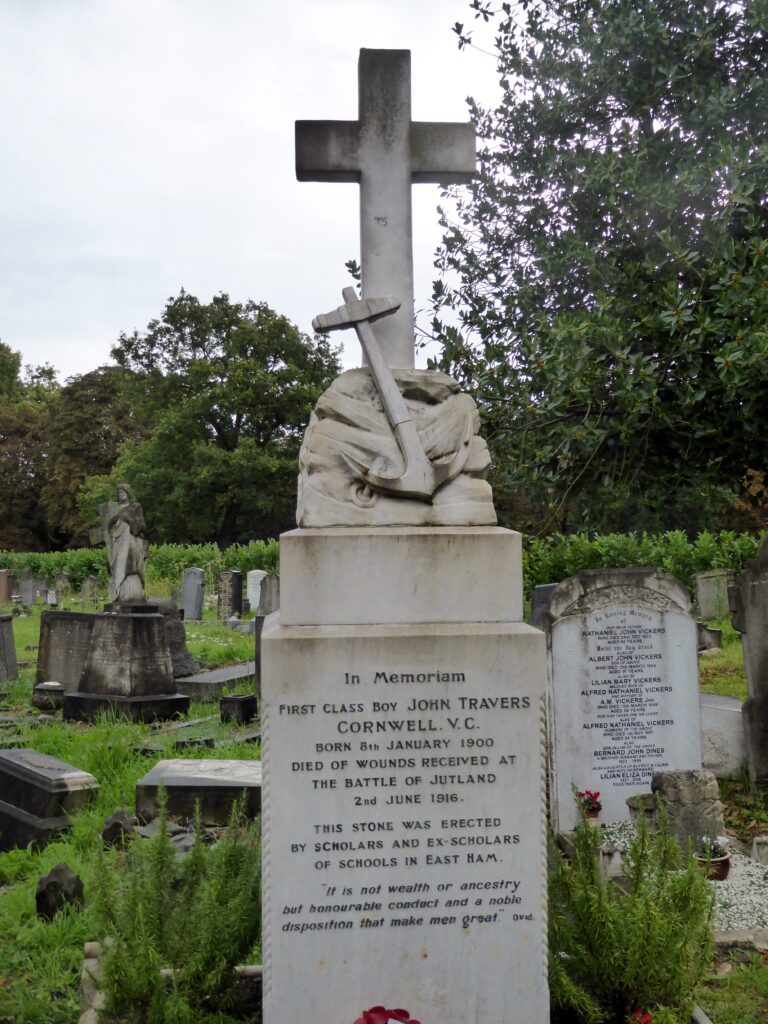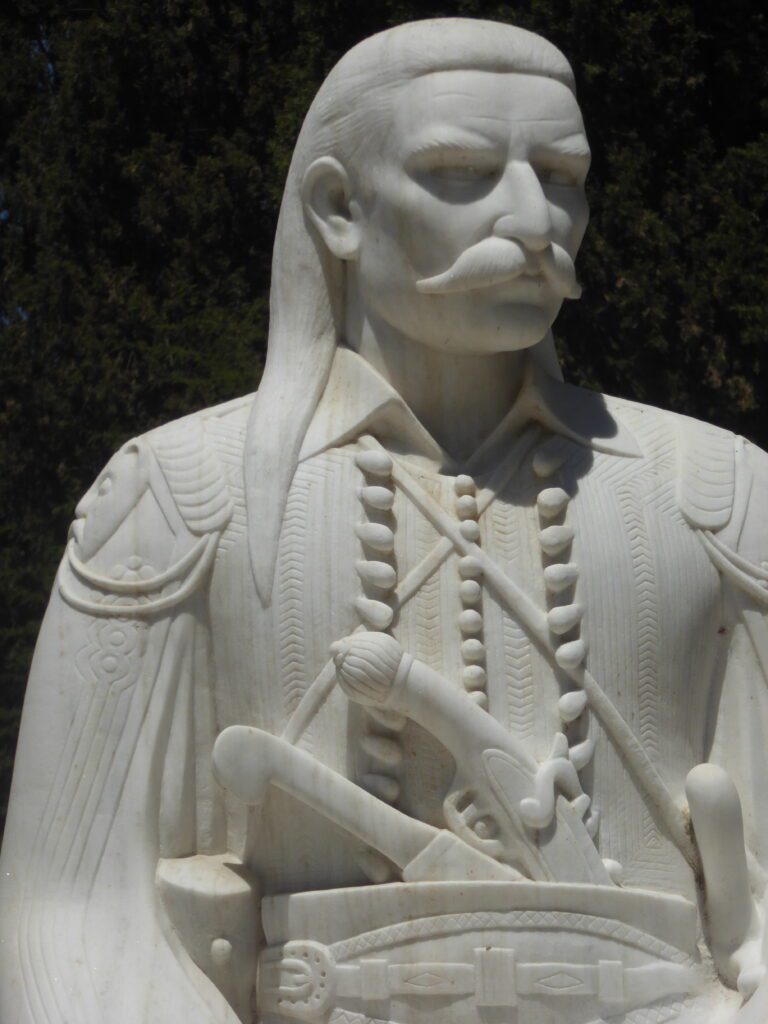
England, January: looking out at a leaden sky, a vicious wind battering the window, the garden sodden and sulky from weeks of rain, it is hard to believe that six months ago I was hesitating to leave the comfort of an air-conditioned hotel for the sweltering streets of Athens. With the temperatures exceeding 40 degrees, fires lapping at the margins of the city, heat rising from the pavements and trapped between the buildings, and bottled water turning warm in minutes, the prospect was not welcoming. But I knew where to seek refuge, and a short walk took me to the First Cemetery of Athens.
While my fellow tourists slumped, sluggish and irritable, in the cafes of Plaka, waiting for the torrid hours to pass and the Acropolis to reopen, I wandered beneath the pines and cypresses, a world away from the traffic and turmoil of the city. The cemetery opened in 1837, soon after the founding of the modern Greek state. Built with marble from Mount Pendeli, it houses eminent Greeks and foreigners beneath magnificent sculptures. Such is the quality of the work and the prestige of the inhabitants, that it resembles more an open-air sculpture park and museum than a graveyard. Easily rivalling Pere La Chaise and Highgate cemeteries, it has the additional attraction of being less known, and that day I had it to myself, save for the cats stretched languid and lethargic amongst the monuments.
The absence of plans and guides to the cemetery might have been a disadvantage, but I had all day, and find an extra satisfaction in locating my targets unaided. My list of notable internments was long, and I did not encounter every individual I sought, though some, proudly located in prime positions, came easily, and others appeared serendipitously as I meandered along the side paths.
Theodoros Kolokotronis was impossible to miss: a larger-than-life figure, he sits with legs planted firmly apart, hands with splayed fingers resting on his knees, knives and pistols thrust into his belt, gazing out from under bushy eyebrows above a luxuriant moustache. He is every inch a romantic revolutionary. A jumble of Greek flags, flowers, fading wreaths and candles at his feet confirm his status and enduring popularity as the archetypal hero of 1821.
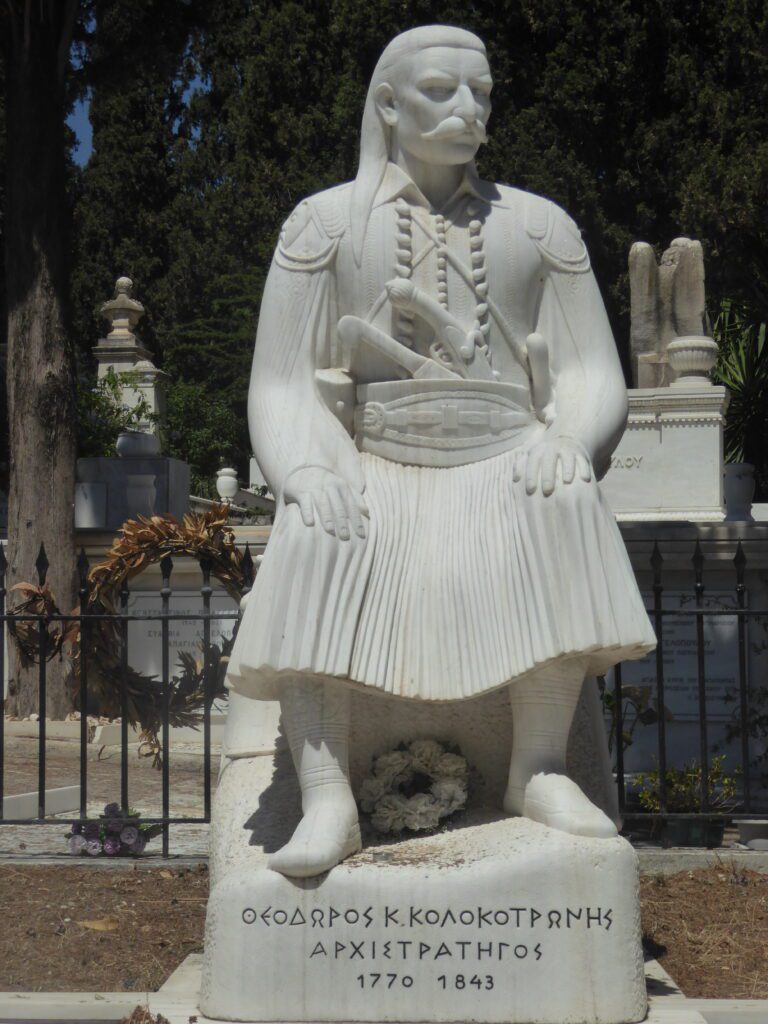
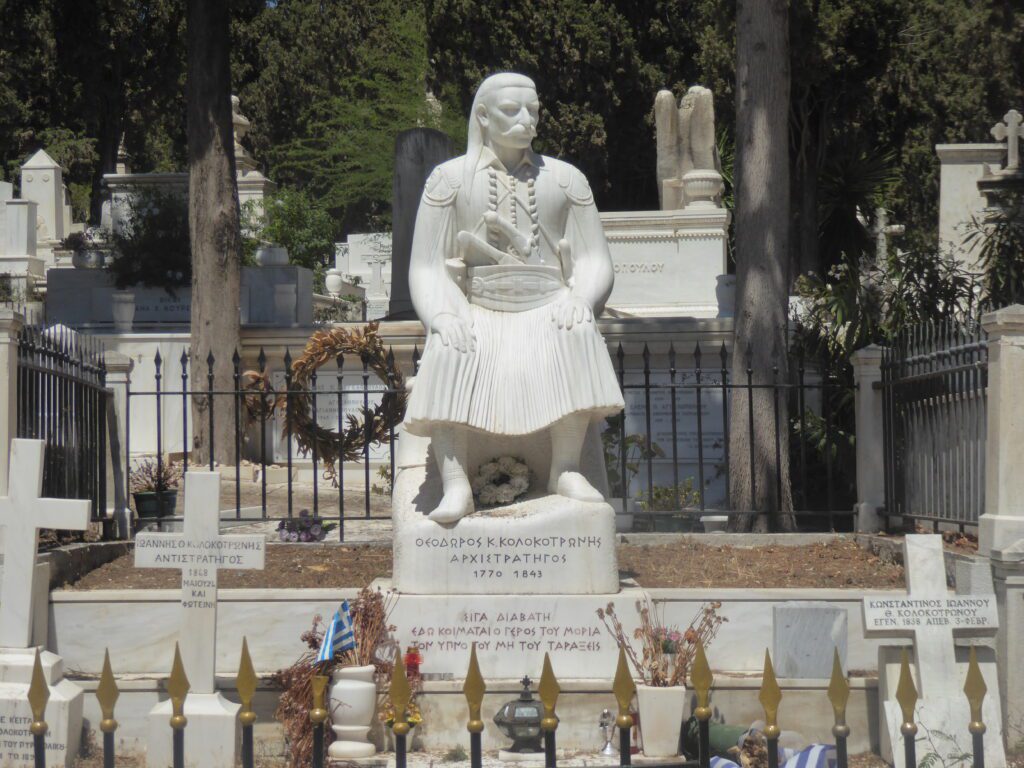
Kolokotronis spent his childhood on the Mani Peninsula in the Morea Eyalet, a Peloponnesian province of the Ottoman Empire. He came from a family of klephts, highwaymen, bandits and brigands living in the mountains. Descended from those who had retreated there in the fifteenth century to avoid Ottoman rule, they waged a continuous guerilla war against their oppressors. Unable to control these mountainous areas themselves, the Ottomans employed armatoles, irregular, semi-independent, local soldiers, to enforce their rule. Kolokotronis was one of many who alternated between the roles of klepht and armatole, pragmatically and opportunistically reversing roles and allegiances. Men like him were to form the nucleus of the Greek fighting forces during the War for Independence.
In 1806 when the Ottomans attempted to eliminate the klephts of Morea, Kolokotronis escaped to the Ionian islands where he joined the revolutionary Filiki Eteria (Society of Friends) which coordinated the launching of the Greek War of Independence. In 1821 he returned to the Peloponnese and participated in the liberation of Kalamata under the leadership of Mavromichalis. Already 50 years old, hence the soubriquet The Old Man of Morea, he was appointed to take charge of the Peloponnesian troops, and laid siege to Tripolitsa which fell to the Greeks after five months. In 1822 his guerilla forces routed the Ottomans at the Battle of Dervenakia and went on to take Nafplion, Corinth and Acrocorinth. At Nafplion, in swashbuckling style, he rode his horse up the steep slopes of Palamidi to celebrate his ascendancy, claiming, “Greeks, God has signed our liberty and will not go back on his promise.” His victories, destroying a large part of the Ottoman forces, were instrumental in establishing the revolution.
But between 1823-25 disagreements between central Greece and the Peloponnese precipitated civil wars alongside the War of Independence, and Kolokotronis was imprisoned on Hydra. He was amnestied and restored to his position when Egyptian forces reconquered a large part of the Peloponnese in support of the Ottomans. Nonetheless, with the aid of the large and well organised Egyptian army, the Ottomans took Missolonghi and Athens. Reluctantly, the Greeks called on foreign aid. By the Treaty of London (1827), Russia, France, and Britain, conscious of their own geopolitical interests, called on the Ottoman Empire to grant Greece autonomy. They were ignored. At the subsequent Battle of Navarino Ottoman and Egyptian forces were defeated, but it took two further military interventions before Greece was recognised as an independent state in February 1830.
Kolokotronis died in 1843, the crowds attending his funeral lauding him as a symbol of the Greek War of Independence, and Yannis Makriyannis in his Memoirs hailed the klephts as “the yeast of Liberty.”
And yet, there is little doubt, that as well flamboyant freedom fighters, the klephts were callous thieves, running personal fiefdoms with exhortation, and directing violence as much against the local peasantry as against their Turkish overlords. Motivated during the war not just by national aspirations and patriotism, they also sought economic gain and the expansion of their personal influence in the Peloponnese. Nor can it be forgotten that the fall of Tripolitsa was followed by the massacre and torture of civilians on a scale mirroring the Ottomans’ own atrocities. Mary Shelley however thought the Greeks justified: “Our friends in Greece are getting on famously. All the Morea is subdued, and much treasure was acquired with the capture of Tripolitsa. Some cruelties have ensued. But the oppressor in the end must buy tyranny with blood – such is the law of necessity.”
Two hundred years have passed, so time perhaps to leave Kolokotronis in peace as his epitaph requests:
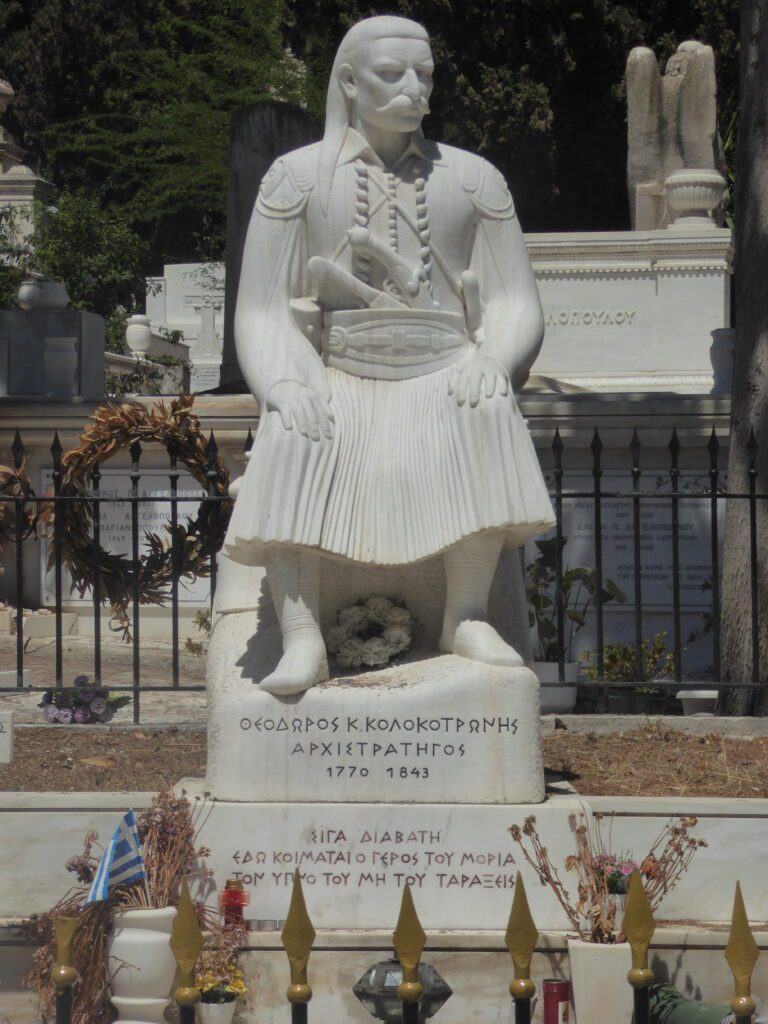
Softly wayfarer
For here sleeps the old man of the Morea
His slumber do not disturb.
But one last thing: despite the inscription, widespread claims, and the splendid grave, Kolokotronis is not here at all. In 1930 Venizelos authorised the removal of his bones to Tripolis where they were placed in a crypt beneath a memorial to the Heroes of the Revolution of 1821. During the German/Italian occupation of Greece in 1942 Italians desecrated the memorial and scattered the bones. They were rescued by thirteen-year-old George Tsutsanis and his father, and replaced in the crypt which today lies beneath an equestrian statue of Kolokotronis.
***********************************************************************
The First Cemetery of Athens is a Box of Delights full of interesting people, and, unlike Kolokotronis, most of them really are there. I recommend a visit if you are in the city, but go equipped with mosquito repellent, the mosquitoes love those trees too. I was forewarned and, slathered in Deet, survived almost unbitten.
